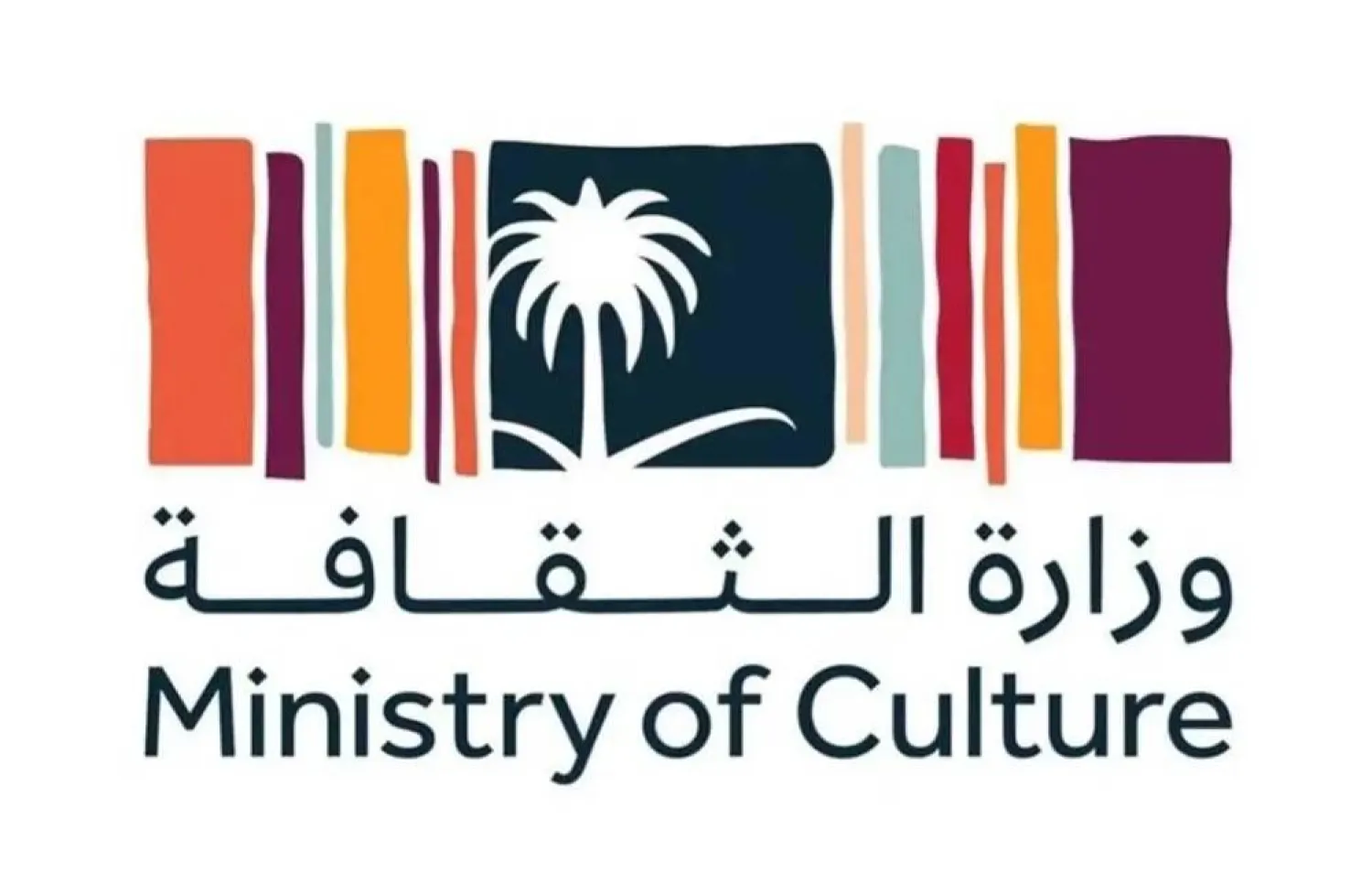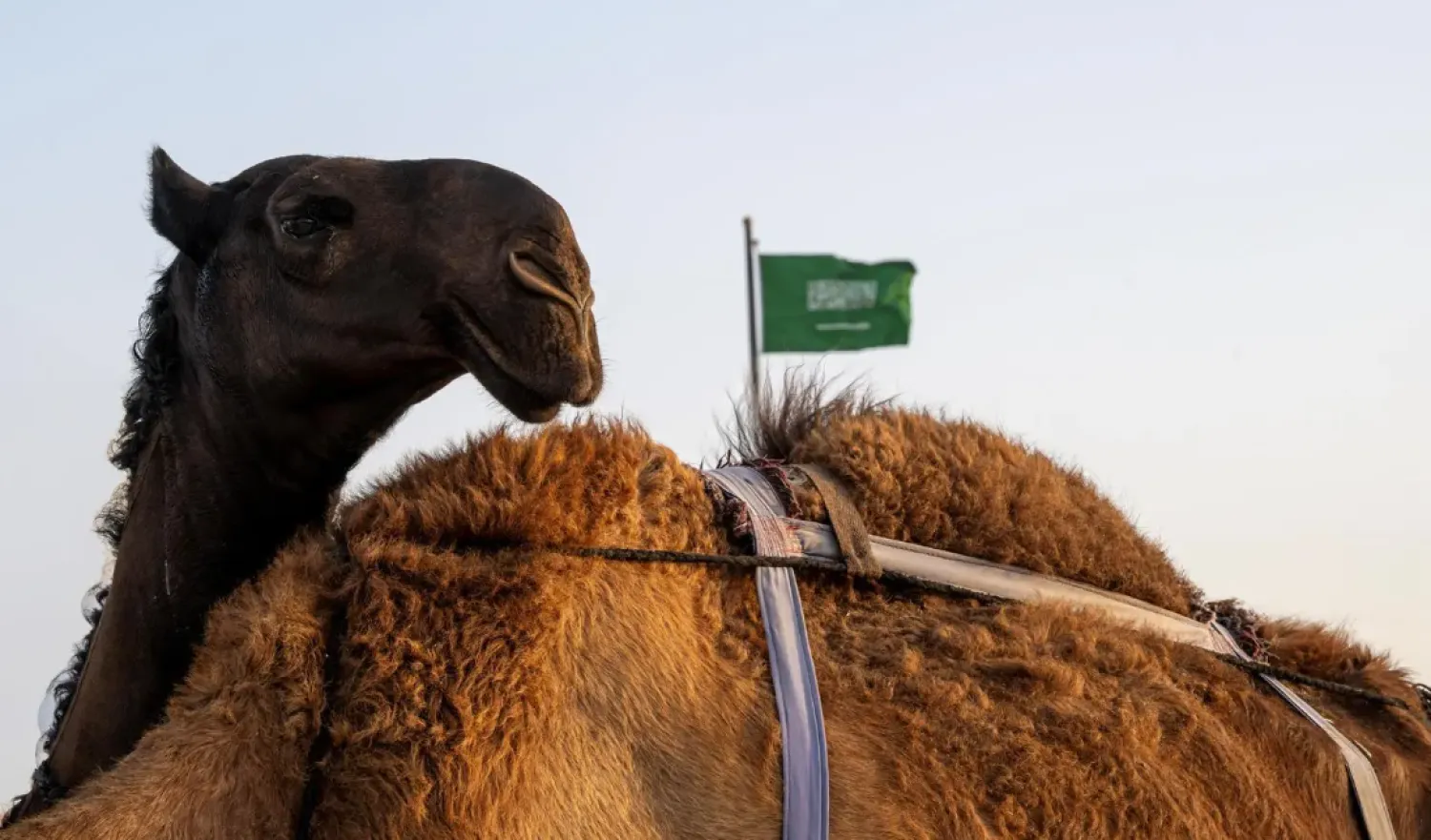As part of Jeddah's Event Calendar 2023, the "Little Asia" zone is a captivating gateway that connects the vibrant Eastern traditions and unique characteristics of Asian countries.
The highlight of this zone is the diverse Asian cuisine that has attracted numerous visitors, the Saudi Press Agency reported. Alongside the culinary delights, visitors can enjoy live music and roaming performances, explore traditional products, admire Asian crafts and traditional costumes, and browse various stores.
The redesigned space harmoniously blends arts and cultures from China, Thailand, Japan, Korea, the Philippines, Indonesia, Vietnam and Singapore, creating eight distinct recreational areas that cater to all ages and preferences.
'Little Asia': Celebrating Vibrant Asian Arts and Cultures in Jeddah

The highlight of this zone is the diverse Asian cuisine that has attracted numerous visitors

'Little Asia': Celebrating Vibrant Asian Arts and Cultures in Jeddah

The highlight of this zone is the diverse Asian cuisine that has attracted numerous visitors
لم تشترك بعد
انشئ حساباً خاصاً بك لتحصل على أخبار مخصصة لك ولتتمتع بخاصية حفظ المقالات وتتلقى نشراتنا البريدية المتنوعة







